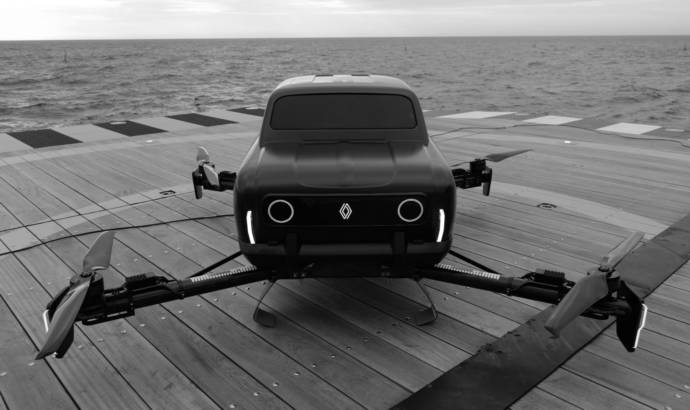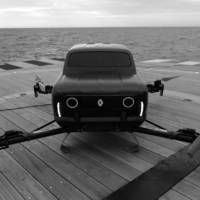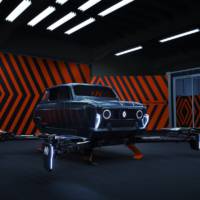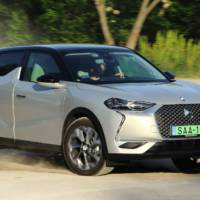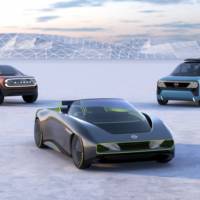After we saw the Renault 5, the French manufacturer is now introducing us a new concept with retro accents. To conclude the celebrations for the 60th anniversary of the iconic Renault 4, the car maker has teamed up with motion design hub TheArsenale to create a futuristic show-car: it is a reinterpretation of the 4L that can fly!
An automotive design icon, the Renault 4L sold over 8 million units across more than 100 countries over a production lifetime that spanned more than 30 years, and to celebrate, Renault has been holding a year of celebrations and initiatives.
The original Renault 4 was a simple, efficient and versatile vehicle built between 1961 and 1992. Former head of Renault Group Pierre Dreyfus once described it as a “blue jeans” car, and it went on to transport everyone from families to businesses, the gendarmerie to La Poste, while also giving the inspiration and opportunity to generations of young motorists to get behind the wheel. These are the qualities that convinced TheArsenale to collaborate with Renault to reimagine a 4L, one designed to travel the unmarked highways in the sky.
The design of the AIR4 is a modern reinterpretation of the original icon. Made entirely of carbon-fibre, the AIR4 follows the familiar lines and shapes, but has been re-engineered to accommodate concepts such as thrust and lift that the original could only have dreamt of. Hours of calculations and tests drawing on generative design techniques and artificial intelligence resulted in terabytes of data, every bit of which was carefully modelled and analysed to fine-tune the design. With that complete, real-world trials could begin.
nstead of wheels, the AIR4 features four two-blade propellers, one at each corner of the vehicle. The body sits in the middle of the rota frame, with the driver gaining access to the cabin by lifting the front-hinged shell.
The AIR4 is powered by 22,000mAh lithium-polymer batteries that generate a total pow er of around 90,000mAh, enough for a horizontal top speed of 26m/s, with a 45° inclination during flights, up to a maximum inclination of 70°. It can fly as high as 700m with a take-off speed of 14m/s, although this is restricted to 4m/s for safety reasons, with a landing velocity of 3m/s. Its propellers generate 95kg of vertical thrust each for a total of 380kg.

